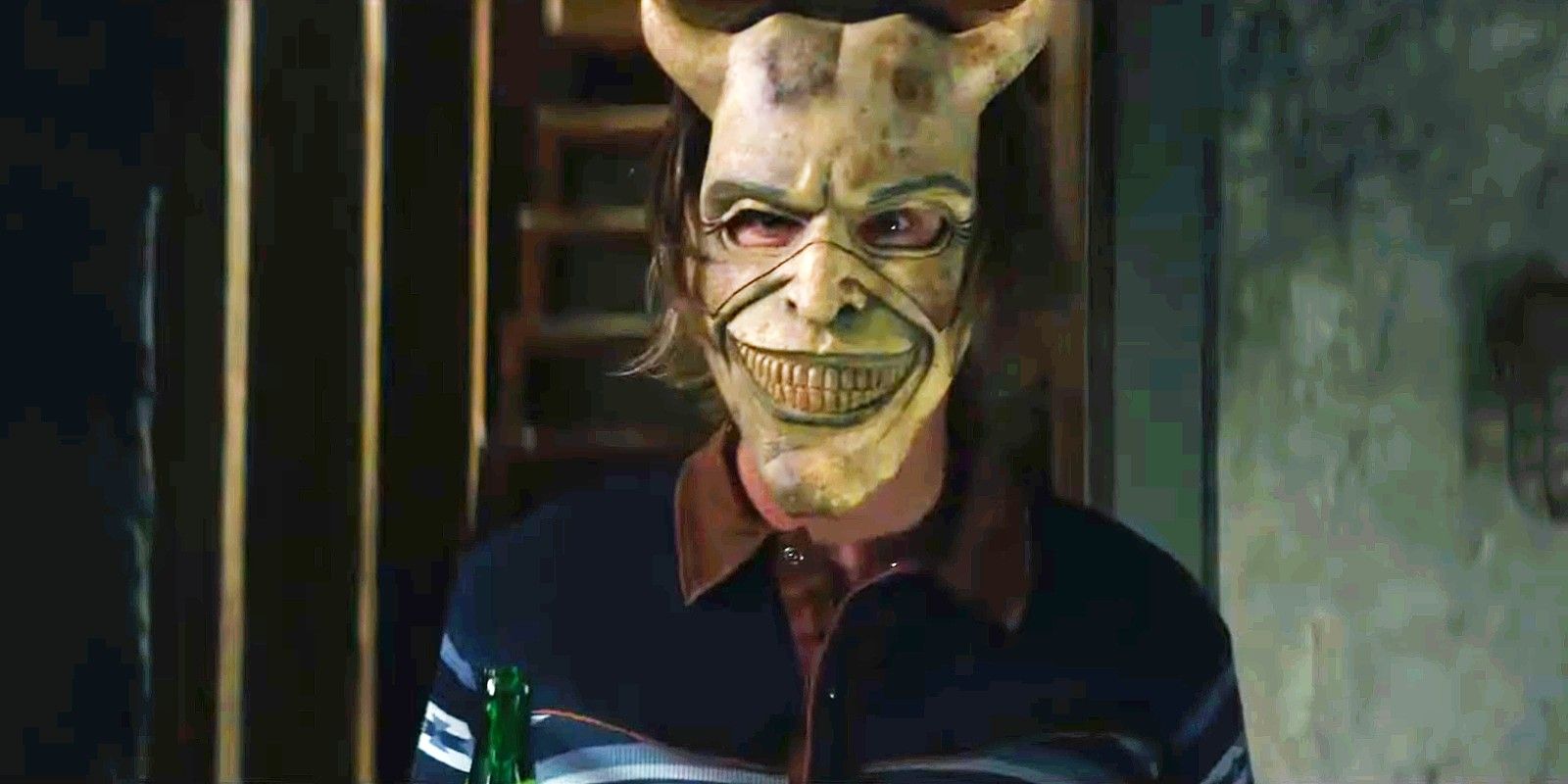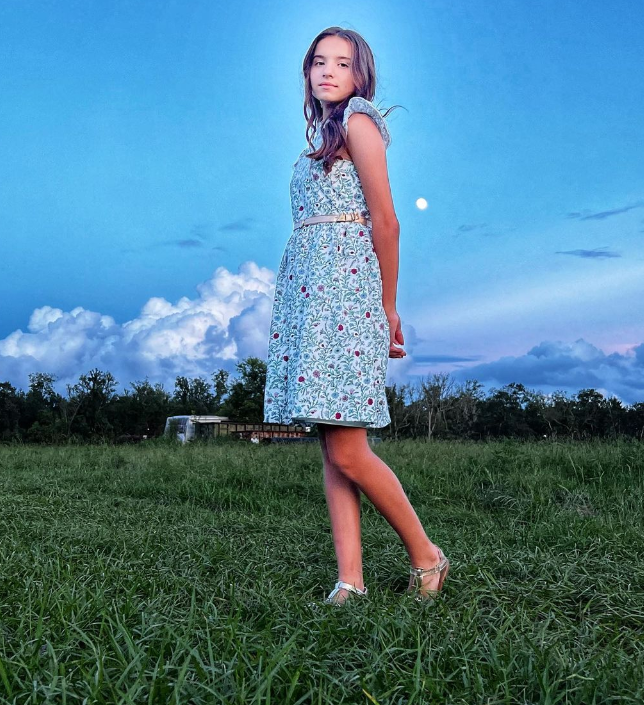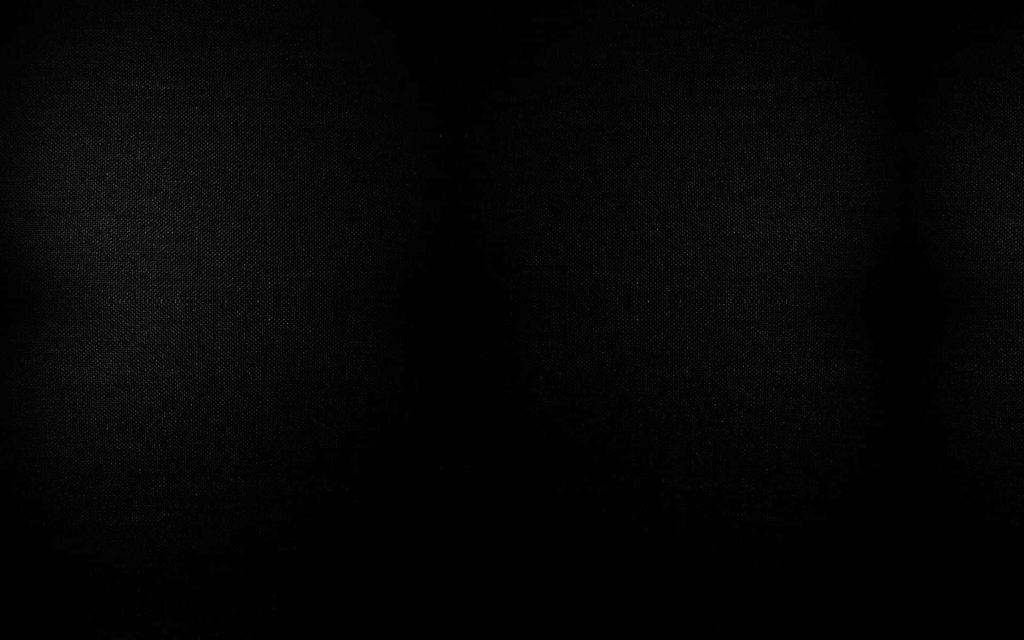In a world where horror sequels often struggle to live up to their predecessors, The Black Phone 2 (2025) has sparked a polarizing conversation among critics and fans alike. Directed by Scott Derrickson, the sequel returns to the eerie world of the original film, expanding the mythology while shifting the setting from a basement to a snow-covered mountain camp. As audiences and critics weigh in, the film’s reception reveals a split between those who praise its ambition and visual flair, and those who find it slow-paced and repetitive.
Critical Consensus – What Reviewers Are Saying About Black Phone 2 (2025)

The critical response to The Black Phone 2 is anything but uniform. While some reviewers have praised its bold storytelling and atmospheric visuals, others have criticized its pacing and narrative structure.
- The New York Times called the film “a sequel that is remarkably different,” noting the shift to a “frosty mountains” setting that turns it into an “ax-murderer ghost chase.” They gave it a score of 70.
- The Guardian, on the other hand, was less impressed, calling it “needlessly long and hugely unconvincing,” with a score of 40.
- The Seattle Times described the film as “dreadfully boring,” criticizing its reliance on dream sequences and lack of momentum, giving it a score of 38.
- The Film Maven slammed the nearly two-hour runtime, arguing that it “kills any sense of momentum,” and reduced the story to “everyone wandering in the snow looking for dead bodies,” scoring it a 25.
- The Film Verdict gave a more balanced take, acknowledging Ethan Hawke’s performance as “delightfully disturbing,” while noting that the narrative “twists itself into knots,” scoring it a 55.
- Next Best Picture highlighted the film’s technical strengths, stating that “all the film’s individual elements are quite strong” and that it “will chill you to the bone,” though it lacked lasting impact, giving it a score of 60.
- NME praised the film as a “post-modern remix of genre classics,” calling it “in love with scary movies,” and awarded it a score of 80.
- Screen Daily and ScreenCrush both recognized the film as a “superficial exercise in creepy fun” and an “artful milieu,” respectively, though they noted it failed to outshine its predecessor.
Overall, the critical consensus can be summed up as divisive: strong performances and inventive visuals earn praise, while length, pacing, and repetitive storytelling draw criticism.
Audience Reactions – User Reviews Breakdown
User reviews on Metacritic paint a richer, more nuanced picture. While some fans praise the film’s expansion of the mythos and return of key characters, others criticize its pacing and narrative choices.
- Kalogerakisgeorgios (score 8) felt the sequel “fills in the gaps left by the first film,” delivering deeper character motivations.
- Scottishgeekguy (score 7) praised the “dream-sequence visual language” and highlighted Madeleine McGraw’s performance as the movie’s emotional core.
- turnerfan77 (score 8) and leestoych (score 8) echoed similar sentiments, praising the return of original characters and the cinematography that creates a “chilly ambiance of a classic campfire ghost story.”
- Watchitwombat (score 1) lambasted the film as “a series of dull, repetitive conversations” with “tedious dream sequences,” calling it a “toilet” of a movie.
- Kevin-9491 (score 2) labeled it a “money-grab pointless sequel.”
- Beyondtherain (score 6) argued the trailer outshone the final product, making the film feel “predictable and cliché.”
Even among positive reviewers, some caveats surface. Binkconn (score 9) praised the homage to A Nightmare on Elm Street but lamented the removal of a deleted scene that could have added humor. Drahulrajjsd (score 10) delivered enthusiastic hyperbole, calling it “my favorite horror movie of 2025.”
When we tally the user scores, the average hovers around 7, showing a lean-positive tilt but with a wide variance. This split mirrors the critic divide, reinforcing that The Black Phone 2 resonates strongly with fans of the original and genre enthusiasts, while alienating viewers expecting a tighter, more conventional horror narrative.
Comparative Analysis – Black Phone 2 vs. the Original and Other Horror Sequels
One recurring theme in both critic and user commentary is the comparison to the 2022 Black Phone. Many reviewers appreciate the sequel’s ambition to “expand the mythology” and answer lingering questions.
- J0hn22 (score 10) applauds the film for finally explaining the original’s mysteries.
- Kalogerakisgeorgios notes it “improves on almost every aspect.”
Conversely, detractors argue the sequel fails to retain the original’s tight suspense. The Film Maven compares it unfavorably, stating the pacing “kills any sense of momentum,” a sentiment echoed by The Seattle Times that it’s “dreadfully boring.” The original’s claustrophobic basement setting delivered relentless tension; moving to an open, snowy landscape diluted that intensity for many.
When stacked against other horror sequels—M3gan 2.0, A Nightmare on Elm Street reboots—the movie’s reception mirrors a familiar pattern: high expectations, mixed execution. The Guardian’s review directly calls it a “needlessly long and hugely unconvincing argument for the birth of a new franchise,” a criticism often leveled at sequels that try to launch a franchise rather than serve the story.
However, genre-savvy outlets like NME and ScreenCrush appreciate the film’s meta-homage, noting its “post-modern remix of genre classics” and “artful milieu.” This aligns The Black Phone 2 with successful horror sequels that embrace self-referentiality, such as Cabin in the Woods.
Overall, the reception suggests The Black Phone 2 sits in a middle ground: it delivers visual flair and expanded lore that please franchise fans, yet it sacrifices the tight, relentless pacing that made the original a standout.
Key Themes in the Reception – Tone, Pacing, Visual Style, and Performance
Tone & Atmosphere
Critics consistently mention the film’s “frosty, chilling ambiance.” The New York Times applauds the move to a snowy mountain, while NME highlights the movie’s love affair with classic horror aesthetics. Users like leestoych praise the “eerie setting” and “sound design” that makes the film “loud and immersive.”
Pacing & Narrative Structure
Pacing is the most polarizing element. The Film Maven and The Seattle Times criticize the near-two-hour runtime for dragging momentum, calling it “dreadfully boring.” On the other hand, Scottishgeekguy and turnerfan77 argue that the interwoven dream sequences keep the audience engaged, describing the structure as “creative” despite occasional repetition.
Visual Style & Cinematography
The visual approach—Super-8 dream cuts, stark snow landscapes, and retro camera work—receives universal acknowledgment. Scottishgeekguy specifically credits cinematographer Pär M. Ekberg, while leestoych cites the “chilly ambiance of a classic campfire ghost story” as a standout. Even detractors can’t deny the film’s aesthetic appeal, noting in the Screen Daily review that it remains “a superficial exercise in creepy fun.”
Performances
Ethan Hawke’s portrayal of the Grabber is the brightest consensus point. Critics and users alike describe his performance as “delightfully disturbing” (Film Verdict) and “terrifying” (turnerfan77). Madeleine McGraw’s turn as Gwen receives high praise from eldanab-1 (“astonishing”) and j0hn22 (“phenomenal”). Supporting actors—Demián Bichir, Miguel Mora, and Jeremy Davies—are frequently highlighted for adding depth to the expanded cast.
Collectively, these themes illustrate a film that excels visually and performance-wise, but struggles with narrative pacing, a split that explains the polarized scores.
What This Means for Fans & the Future of the Black Phone Franchise
The reception of The Black Phone 2 tells a clear story for fans: the sequel delivers what many wanted—expanded mythology, stronger character arcs for Finney and Gwen, and an unforgettable villain in Hawke’s Grabber—while missteps in pacing risk alienating newcomers.
For the franchise’s future, the mixed but generally positive fan sentiment (average user score ≈ 7) suggests there is still appetite for more installments, especially if the next entry tightens its narrative focus. Critics like The Guardian warn against “unconvincing arguments for a new franchise,” implying that Black Phone 3 will need to prove its storytelling merit, not just its visual flair.
From a marketing standpoint, What’s After the Movie can capitalize on these insights by:
- Featuring a “Top 5 Scariest Moments” quiz (link to the Game page).
- Highlighting the strong performances on the Movie page for Black Phone 2.
- Curating a “Behind the Screams” article on the Profiles page, spotlighting Ethan Hawke and Madeleine McGraw.
- Promoting the film’s award-winning sound design via the Awards section.
By weaving these angles into SEO-rich content, the site can attract both horror enthusiasts and casual browsers searching for “Black Phone 2 reviews,” “Black Phone 2 reception,” and “Black Phone 2 audience score.”
Explore more in-depth analysis, cast bios, box-office numbers, and trivia on What’s After the Movie – your one-stop hub for summaries, profiles, awards, concert-film specials, quizzes, and the complete Black Phone 2 movie page.














More Stories
US Trending News: The History and Legacy of Zoo York in Streetwear Culture
US Trending News: Exploring Zach Top Greensboro
US Trending News: The ‘Your Mom’ White House: A Trendy Take on Political Humor